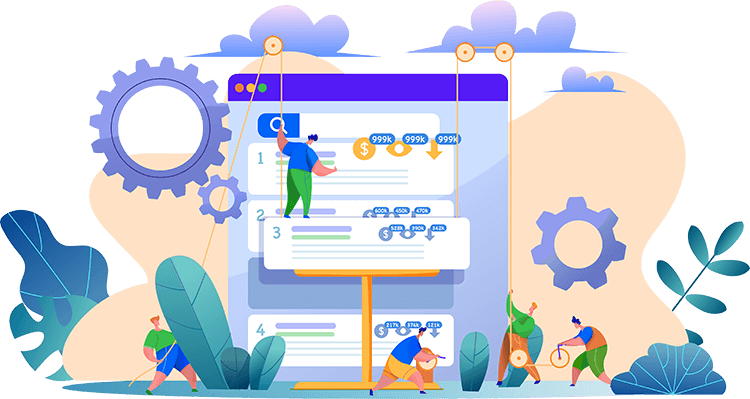
AI Agents
OpenAI GPT Agents
Description: GPT-powered AI agents leverage advanced language models to automate tasks, generate content, and assist in decision-making. These agents can understand natural language, execute instructions, and integrate with APIs or business systems for seamless automation. They are ideal for boosting productivity and enabling intelligent interactions across applications.
Use Cases: Chatbots, automated reporting, content creation, email drafting, workflow automation.
Why It Stands Out: Combines human-like understanding with scalable automation, reducing manual effort while improving accuracy.
RPA AI Agents
Description: Robotic Process Automation (RPA) agents enhanced with AI can handle repetitive, rule-based tasks with cognitive capabilities like image recognition, NLP, and decision-making. They bridge the gap between simple automation and intelligent workflows, enabling businesses to automate complex processes end-to-end.
Use Cases: Invoice processing, data entry, customer support automation, HR onboarding.
Why It Stands Out: Combines speed, accuracy, and AI intelligence to automate business processes efficiently.
Voice-Activated AI Agents
Description: Voice-activated AI agents, like Alexa Skills or Google Assistant Actions, enable hands-free interaction with systems and smart devices. They understand spoken commands, integrate with home automation or business tools, and perform tasks instantly. These agents enhance accessibility and convenience for users.
Use Cases: Smart home control, virtual assistant for offices, voice-driven workflow execution.
Why It Stands Out: Hands-free automation and natural language understanding improve productivity and user experience.
AI Customer Service Agents
Description: AI customer service agents use natural language understanding and machine learning to handle inquiries, provide support, and assist customers 24/7. They can answer FAQs, route complex issues to human agents, and continuously learn from interactions. These agents reduce response time and improve customer satisfaction.
Use Cases: Live chat support, ticket triaging, virtual helpdesk, e-commerce assistance.
Why It Stands Out: Available round-the-clock, scalable, and improves operational efficiency while maintaining quality service.
Autonomous Data & Workflow Agents
Description: These AI agents analyze data, make decisions, and trigger automated workflows without constant human supervision. They can monitor metrics, detect anomalies, and execute tasks proactively, enabling businesses to act faster and more efficiently. They are particularly useful in IT operations, finance, and logistics.
Use Cases: IT incident response, financial data analysis, automated reporting, predictive maintenance.
Why It Stands Out: Intelligent, proactive, and capable of managing complex workflows independently.
Custom AI Agent Development
Description: Custom AI agents are tailored to specific business needs, integrating with internal systems, APIs, and processes. They can handle unique workflows, provide analytics, and even learn company-specific knowledge over time. Customization ensures maximum relevance and impact for the organization.
Use Cases: Personalized virtual assistants, enterprise automation, industry-specific decision support.
Why It Stands Out: Fully tailored, adaptive, and capable of delivering measurable ROI for specialized business needs.
AI Agents for Marketing & Sales
Description: AI agents in marketing and sales automate lead generation, email campaigns, content personalization, and customer engagement. They analyze behavior, segment audiences, and optimize interactions for higher conversion rates. These agents help businesses scale outreach without compromising personalization.
Use Cases: Automated email marketing, CRM updates, social media management, sales outreach.
Why It Stands Out: Intelligent marketing automation that drives results while reducing manual effort.
AI Agents for IT Operations
Description: AI agents assist IT teams by monitoring systems, detecting anomalies, and performing automated remediation. They help prevent downtime, optimize performance, and reduce the burden on IT staff. Integration with monitoring tools and scripts allows seamless operational automation.
Use Cases: Server monitoring, incident response, system optimization, automated maintenance tasks.
Why It Stands Out: Proactive, intelligent IT automation that improves uptime and operational efficiency.
